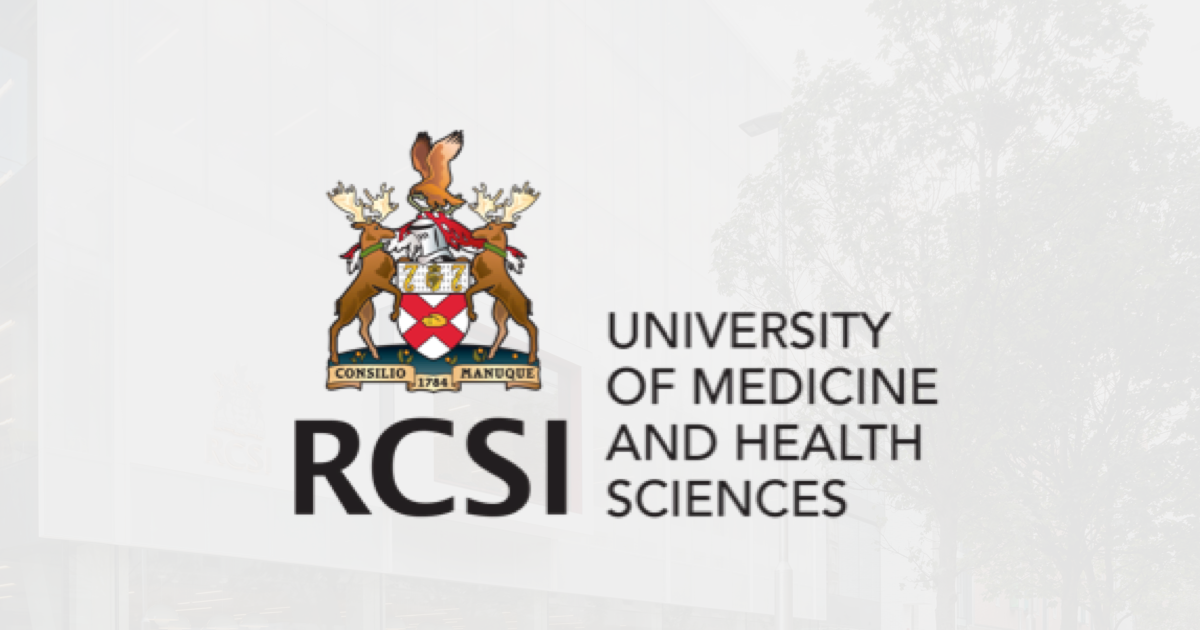Hi Jon, of course it has been contested, and still is. Asserting that an ordinary knife cannot pierce a breast bone is sheer stupidity. A knife can even go through a head.
Clearly the bayonet belongs to the soldiers theory - that led nowhere.
Most official believed Tabram was a Ripper victim, and none of them has ever suspected the Ripper to have carried two weapons, let alone a "dagger" or a bayonet. Conclusion : they didn't give a damn what Killeen said. And I do not either. Quite safely.
As for Phillips, he is responsible for Dr Jack, wrongest track ever.
Clearly the bayonet belongs to the soldiers theory - that led nowhere.
Most official believed Tabram was a Ripper victim, and none of them has ever suspected the Ripper to have carried two weapons, let alone a "dagger" or a bayonet. Conclusion : they didn't give a damn what Killeen said. And I do not either. Quite safely.
As for Phillips, he is responsible for Dr Jack, wrongest track ever.




Comment